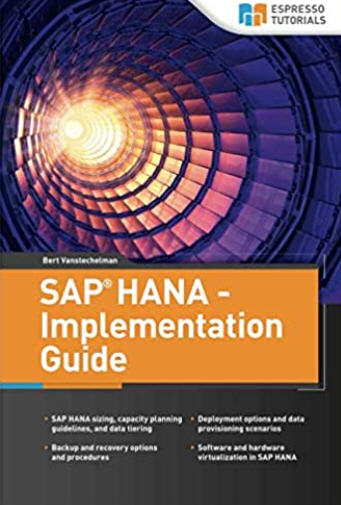"SAP HANA Implementation Guide" by Bert Vanstechelman can provide you with a lot of useful information.
This book provides system architects, technical consultants, and IT management the tools to design a system architectures to deploy SAP applications on SAP HANA. Explore production and non-production systems, deployment options, backup and recovery, data replication, high-availability, and virtualization in detail. Dive into on-premise deployment options and data provisioning scenarios. Walk through scale-up and scale-out options and data partitioning considerations. Review the advantages and disadvantages of storage and system replication options and when to use each. Clarify how to leverage HANA for single node and distributed systems. Dive into a discussion on software and hardware virtualization.
Compare the options available and guide your decision using flowcharts your organization can leverage to choose the proper technology for your environment and specific needs. This book enables readers to carefully evaluate and implement a well-considered SAP HANA scenario.
- SAP HANA sizing, capacity planning guidelines, and data tiering
- Deployment options and data provisioning scenarios
- Backup and recovery options and procedures
- Software and hardware virtualization in SAP HANA
Architecture
- Technology
- Editions
- Use Cases
- On-Premise
- Capacity Planning
- Data Tiering
- Deployment
- SAP HANA and the SAP Application Server on one system
- Data Provisioning
- Scale-out
- Scale-Out and High Availability
- Scale-Out and Data Partitioning
- Disaster Recovery
- What is Disaster Recovery?
- Recovery Point Objective versus Recovery Time Objective
- Concepts
- Backup Options
- Storage Replication
- System Replication
- Log Shipping
- Storage Replication versus System Replication versus Log Shipping
- High Availability versus Disaster Recovery?
- High Availability Clusters
- Virtualization on VMware
- Virtualization on IBM Power VM
- Cluster Software versus Virtualization
- Storage Replication versus System Replication
- System Replication versus Storage Replication versus Virtualization
- Understand your Performance Load!
